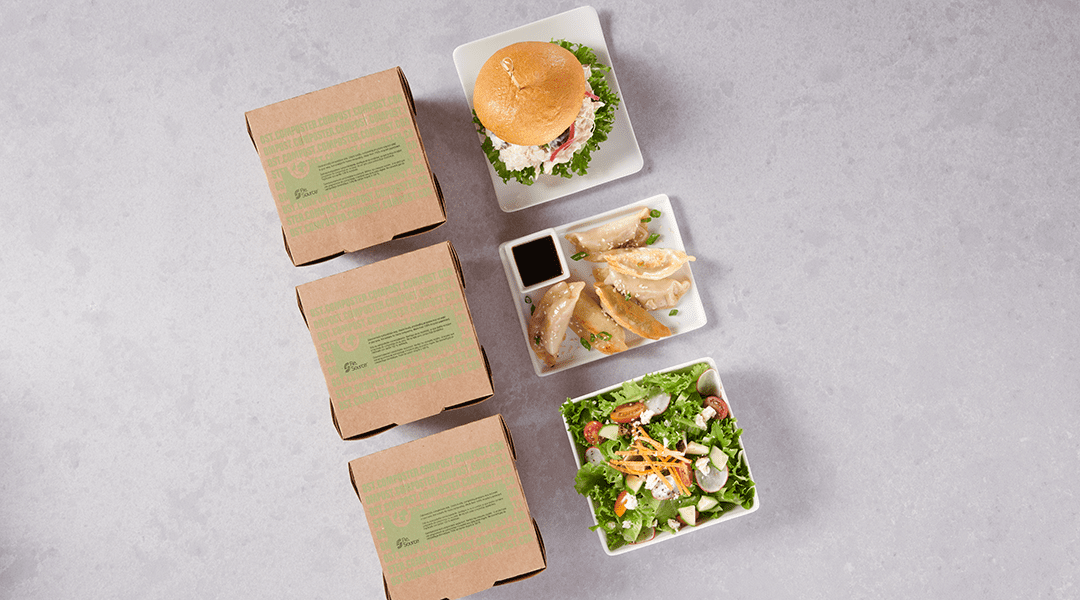The Buy American provision is an important aspect of the National School Lunch Program. Although this is not a new regulation, it appears to be receiving more attention recently. This may be related to a memo that was released in early 2016 by the United States Department of Agriculture (USDA) and the fact that more and more schools have noticed an emphasis on this regulation during recent administrative reviews. Whether it’s receiving attention or not, the fact remains that the Buy American provision is part of the National School Lunch Program, so it should always be a focus.
Back to the beginning
With constantly juggling student requests, training staff, managing budgets and everything else necessary to support a school foodservice operation, it is easy to forget the basics of why Child Nutrition Programs were started and what they mean to the National School Lunch Program. As a memo from the USDA recently reminded schools, child nutrition programs are focused on not only providing nutritious meals, but also supporting American agriculture. The memo goes on to reiterate that commodities and foods that support the Buy American provision under the National School Lunch Program must be substantially produced and processed within the United States. It defines “substantial” as “over 51% of the final processed product consists of agricultural commodities that were grown domestically.”
Exceptions to the Buy American provision
There are two instances when adherence to the Buy American provision does not need to be maintained, but such occurrences are considered rare. These exceptions are based on availability and cost. The USDA defines them as follows:
Product availability: The product is not produced or manufactured in the U.S. in sufficient and reasonably available quantities of a satisfactory quality.
Product cost: Competitive bids reveal the cost of a US product is significantly higher than the foreign product.
It may be challenging for school lunch programs to make an exception using the “product cost” reason, because USDA’s Food and Nutrition Service has not defined what “significantly higher” means. That being said, schools that choose to execute an exception for either reason noted above must provide documentation supporting their choice. Acceptable forms of documentation may include e-mails or detailed notes from a phone conversation with a distributor or vendor.
While a waiver is not currently required in order to purchase non-domestic products, a recent proposal almost made it law. The proposal, titled “American Food for American Schools,” was created in response to a Hepatitis A outbreak linked to Egyptian strawberries that impacted California schools. While such legal activity has subsided for now, it reflects the continued focus on the Buy American provision.
Remember: You’re responsible
Many school lunch programs receive products from a contract management group or use a Group Purchasing Organization (GPO) to aid in their item selection. In those cases, who is responsible for verifying products meet the Buy American provision? Regardless of who is purchasing the food, compliance is the School Foodservice Authority’s (SFA) responsibility.
And remember: just because a product is made by a well-known U.S. brand does not mean it will meet the Buy American provision. Similarly, just because an item is carried by a U.S. foodservice distributor, it’s not guaranteed to be compliant. For these reasons, the USDA recommends the School Foodservice Authority ask their distributors and manufacturers a few important questions to ensure products satisfy the requirements of the provision, including:
- Is this product available from other, domestically available sources?
- Is there a simple substitution? For example, if non-domestic green beans are too expensive, could I substitute domestic green peas instead?
- Does the time that I am completing my bid make a difference? If I contracted earlier or later in the season, would more domestic items be available?
Best bid practices for adherence
Work with your foodservice distributor and manufacturers to understand the items you’re purchasing and menuing. Build your bid specifications to eliminate non-domestic products or include alternate domestic items. Alternate domestic items specified in your bid will allow for cost evaluations to support a “Product Cost” exception and ensure pricing is in place for substitute items, explains Jon Fillmore, Gordon Food Service Bid Department Manager. Understand the best time of the year to complete your bid and work that into your calendar. Specify your adherence to the Buy American provision and consider including a statement emphasizing that products must be substantially produced and processed within the United States.
Monitoring compliance
School Food Authorities are responsible for monitoring compliance with the Buy American provision. Here are a few tips for doing so:
- Review country of origin. This can be accomplished by auditing invoices, receipts or stocked products.
- Conduct random audits of storage areas, including freezer and dry storage, to identify domestic and non-domestic products.
- Review any products that are not domestic and make sure you have documentation to support the exception.
What to expect during an Administrative Review
The process of checking compliance to the Buy American provision during an Administrative Review may not always be the same, but generally, be prepared to show your bid and how you accounted for the requirements in the contract. Additionally, the reviewer may look at invoices and audit randomly selected products in your freezer, dry storage or refrigerator for their country of origin. The more you work with your foodservice staff, distributors and manufacturers, the more likely you will be to have a positive review experience.
While the Buy American provision does require a few more considerations for school foodservice operators, it remains an important focus. Attentive operators must continually turn inward and redirect toward their distributors and manufacturers to maintain compliance.




























